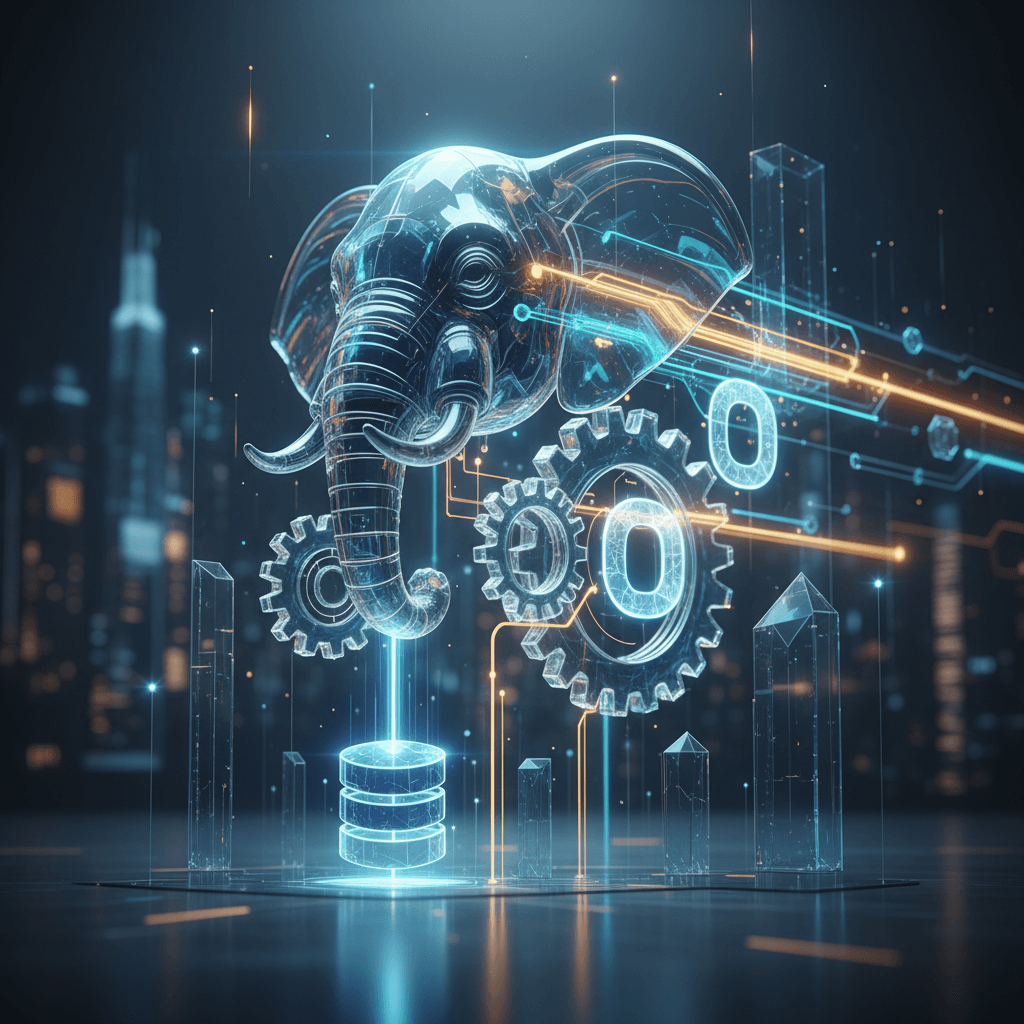Large Language Models (LLMs) like GPT-4, Gemini, and Llama have revolutionized various industries with their ability to generate human-quality text, translate languages, and answer questions comprehensively. However, out-of-the-box LLMs often lack the specific knowledge and nuanced understanding required for business-critical tasks. This is where fine-tuning comes in. This article will guide you through the process of fine-tuning LLMs to unlock their full potential for your specific business needs.
We'll explore the core concepts behind fine-tuning, illustrate its practical applications with real-world examples, and highlight the significant benefits it offers in terms of performance, accuracy, and relevance.
Note that this article assumes you have a basic understanding of machine learning and LLMs.
Why It Matters
Imagine an LLM trained on a vast dataset of general knowledge. While it can answer broad questions, it might struggle with industry-specific jargon, internal company data, or unique customer interaction patterns. Fine-tuning addresses this limitation by adapting the pre-trained LLM to a smaller, more focused dataset relevant to your specific use case.
The benefits of fine-tuning are substantial. It leads to improved accuracy in task completion, reduced hallucination (generating incorrect or nonsensical information), and enhanced relevance in responses. Furthermore, fine-tuned models often require less computational resources and can be deployed more efficiently compared to running inference directly on the base LLM.
Ultimately, fine-tuning transforms a generic LLM into a powerful, business-specific tool that can drive significant value across various applications, from customer service and content creation to data analysis and process automation.
Key Concepts
Let's break down the core concepts involved in fine-tuning:
Pre-trained Model: This is the foundation – a large language model already trained on a massive dataset. Examples include models available through OpenAI, Google AI, and open-source initiatives like Hugging Face.
Fine-tuning Dataset: This is a smaller, task-specific dataset used to adapt the pre-trained model. The quality and relevance of this dataset are crucial for successful fine-tuning. For example, if you want to fine-tune an LLM for customer support, your dataset would consist of customer inquiries and corresponding responses.
Training Process: Fine-tuning involves updating the pre-trained model's parameters using the fine-tuning dataset. This is typically done using techniques like backpropagation and optimization algorithms. Think of it as gently adjusting the model's knowledge to align with the specific task.
Hyperparameters: These are parameters that control the training process, such as the learning rate and batch size. Selecting appropriate hyperparameters is essential for achieving optimal performance. This often involves experimentation and validation.
Evaluation Metrics: These are used to assess the performance of the fine-tuned model. Common metrics include accuracy, precision, recall, and F1-score. The choice of metric depends on the specific task.
Practical Examples
Let's consider two practical examples:
Example 1: Customer Support Chatbot: A company wants to build a chatbot to handle customer inquiries. They can fine-tune a pre-trained LLM using a dataset of past customer conversations. This will enable the chatbot to understand customer intent more accurately, provide relevant answers, and resolve issues more efficiently.
Example 2: Content Generation for a Specific Industry: A marketing agency wants to automate the creation of blog posts for a client in the financial services industry. They can fine-tune an LLM using a dataset of existing financial articles. This will allow the model to generate high-quality, industry-specific content that is both informative and engaging.
Conclusion
Fine-tuning Large Language Models is a powerful technique for adapting these models to specific business tasks. By leveraging the knowledge embedded in pre-trained models and tailoring them with task-specific data, businesses can unlock significant value in terms of improved accuracy, reduced hallucination, and enhanced relevance. As LLMs continue to evolve, fine-tuning will remain a crucial step in maximizing their potential and driving innovation across various industries.



